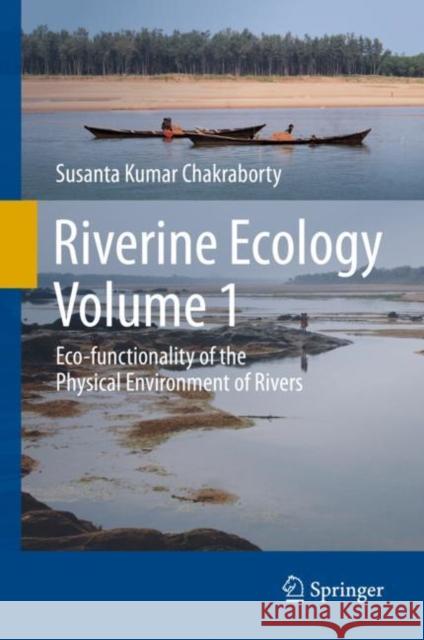Riverine Ecology Volume 1: Eco-Functionality of the Physical Environment of Rivers » książka
topmenu
Riverine Ecology Volume 1: Eco-Functionality of the Physical Environment of Rivers
ISBN-13: 9783030538965 / Angielski / Twarda / 2021 / 566 str.
Riverine Ecology Volume 1: Eco-Functionality of the Physical Environment of Rivers
ISBN-13: 9783030538965 / Angielski / Twarda / 2021 / 566 str.
cena 603,81
(netto: 575,06 VAT: 5%)
Najniższa cena z 30 dni: 578,30
(netto: 575,06 VAT: 5%)
Najniższa cena z 30 dni: 578,30
Termin realizacji zamówienia:
ok. 22 dni roboczych
Dostawa w 2026 r.
ok. 22 dni roboczych
Dostawa w 2026 r.
Darmowa dostawa!
Kategorie:
Kategorie BISAC:
Wydawca:
Springer
Język:
Angielski
ISBN-13:
9783030538965
Rok wydania:
2021
Wydanie:
2021
Ilość stron:
566
Waga:
1.13 kg
Wymiary:
23.88 x 19.56 x 3.3
Oprawa:
Twarda
Wolumenów:
01











